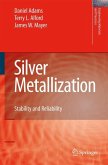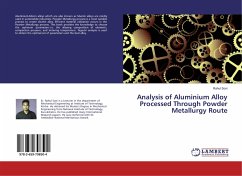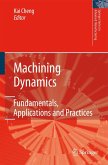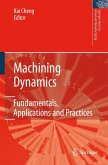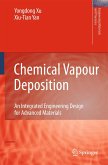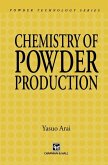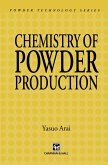Manufacture of components from powders often requires a compaction step; as in powder metallurgy, ceramic, hardmetal, magnet, pharmaceutical, refractory and other sectors to make anything from complex gears for cars to pills to dishwasher tablets. Development of the tooling to manufacture a component can be a long process with several iterations. A complementary approach is to use a model of the compaction process to predict the way that powder behaves during compaction and thus the loads needed to achieve compaction and quality of the compacted part.
Modelling of the process of die compaction has been the subject of recent collaborative research from leading experts in Europe and this book presents a summary of the state of the art, taking examples from recent world-class research. Case studies are presented, providing a reference for the testing and validation of these compaction models.
The reader will learn about the: Industry requirements for models of die compaction; Techniques to generate the material data required for input to these models; Production and assessment of compacts for comparison with model predictions; Range of compaction models and results from exercises comparing these models with real powder compacts; The range of potential uses of these models in industry.
Modelling of the process of die compaction has been the subject of recent collaborative research from leading experts in Europe and this book presents a summary of the state of the art, taking examples from recent world-class research. Case studies are presented, providing a reference for the testing and validation of these compaction models.
The reader will learn about the: Industry requirements for models of die compaction; Techniques to generate the material data required for input to these models; Production and assessment of compacts for comparison with model predictions; Range of compaction models and results from exercises comparing these models with real powder compacts; The range of potential uses of these models in industry.


